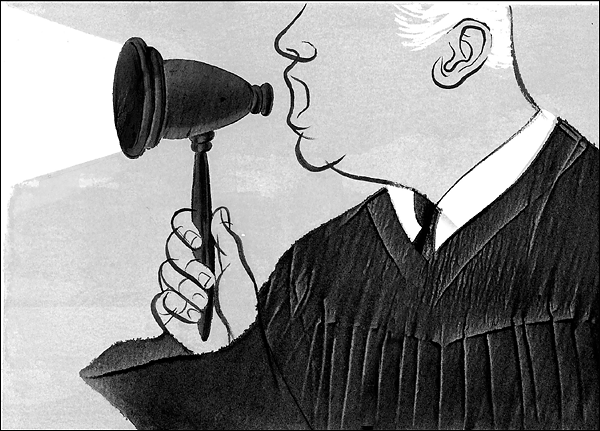This article was first published in the April 21, 2021 Montana Daily Gazette. To get a free PDF copy of my 2012 study of the Montana Supreme Court, click here.
I’m glad to see that, due largely to efforts in the state legislature and by the Montana Daily Gazette, public attention finally is turning to the Montana Supreme Court.
The court’s problems are of very long-standing—extending back at least as far as 1972. In a recent research article, I examined the court’s 1972 decision upholding ratification of the present state constitution. I found that the court’s opinion was poorly drafted and the holding probably wrong and that the decision may have resulted from improper political influence.
In 2012, the Montana Policy Institute asked me to review the court’s later performance. I studied hundreds of cases issued over three decades. In the resulting publication, I concluded that—
- Many of the court’s opinions lacked clarity;
- the court overruled its own precedents to an extraordinary degree;
- it sometimes violated due process rights;
- the justices sometimes used their power to protect themselves in conflict-of-interest situations;
- the court sometimes issued decisions in cases of great public importance without timely explanation; and
- in several key cases, the court had invaded the province of the legislature.
I also found that the court’s treatment of ballot issues was heavily biased to the left and had damaged popular democracy in Montana. In 1999, the justices adopted an almost impossibly strict standard for constitutional initiatives—at least for conservative ones. They misconstrued part of the Montana constitution and retroactively overruled their own precedents after the people already had voted.
In 2017 the tribunal tightened the strict standard even further, overturning the voters once again. After that decision, I wrote a widely published op-ed in which I warned that “Montanans MUST reform the state supreme court before they lose whatever democracy they have left.”
Whether by design or incompetence, the court sometimes even violates the U.S. Constitution. I previously mentioned due process violations. The retroactive nature of the 1999 voter initiative decision likely contradicted the U.S. Constitution’s 14th Amendment. In 2012, the Montana justices issued two unconstitutional rulings, each quickly reversed by the U.S. Supreme Court. Last year, the U.S. Supreme Court also overturned an embarrassingly-incompetent Montana Supreme Court ruling in Espinoza v. Montana Department of Revenue, a school choice case.
I don’t pretend to know all the reasons for the court’s dysfunction. But here are some thoughts:
First: The justices’ pay levels are insufficient to attract the legal talent necessary for the highest tribunal of a state. I know that Montana is not a wealthy state, but you get what you pay for.
Second: So-called “non-partisan” elections don’t abolish politics. They just hide politics from public view. Because parties are not supposed to participate in the justices’ election campaigns, they cannot inform the public of the merits and demerits of particular candidates. As a result, only political insiders know much about judicial candidates.
Early in my career, I practiced law in a state in which judges were elected on partisan ballots for long terms, with permission for parties to cross-endorse candidates from other parties. The system was successful in producing one of the nation’s best judiciaries.
Third: Contributing to the lack of voter information are (a) absence of reliable judicial rating indices and (b) the requirement that candidates run statewide rather than in districts.
Fourth: Law firms whose members have contributed to the justices’ campaigns are permitted to litigate before the court. As a result, Montana judicial races often are dominated by one special interest: trial lawyers. Lawyers who practice before a court should not be allowed to donate to the campaigns of the justices who hear their cases.
Fifth: The justices created, and ultimately control, the Montana Bar Association, which every Montana lawyer must join. The court is also, for most purposes, the state’s only appellate tribunal. It controls the fate of lawyers and their cases to an outsized degree. All this discourages lawyers from discussing the court’s deficiencies.
Law licenses are necessary, but membership in the state bar association should be voluntary, as in many other states. Most discipline over lawyers should be removed from the state supreme court and exercised by another entity.
Sixth: The court’s residence in Helena—where everyone knows or is related to everyone else—probably aggravates the justices’ politicization. Perhaps the court should be moved to Billings or Great Falls.
Seventh: In other states, law professors freely critique court decisions and publish their findings. But Montana has only one law school, and its relationship to the court traditionally has been cozy, to say the least. When I was on the law faculty, I knew that professors sometimes felt they had to soften or avoid criticism to protect the school’s relationship with the court—if not their own law licenses.
Again, I don’t have all the answers. But reforming the Montana Supreme Court is imperative.








